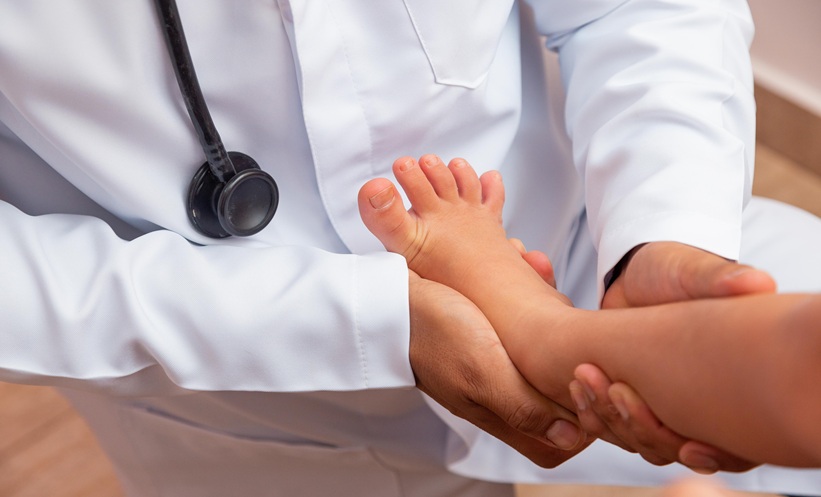BACKGROUND
Antimicrobial resistance is an increasingly serious threat to global public health.1,2 In Italy, the issue of antimicrobial resistance is especially severe, as discussed in a report by the European Centre for Disease Prevention and Control (ECDC).3 Although randomised clinical trials are considered the standard criterion for generating clinical evidence, real-world evidence evaluating efficacy and safety of new drugs is essential to improve their use. Herein is presented the preliminary data from the SUSANA Project: a study designed to evaluate the safety of new antibiotics in real-world use.
METHODS
This observational retrospective study started in April 2019 in a network of Italian infectious diseases units. Patients treated with ceftazidime/avibactam, ceftolozane/tazobactam, dalbavancin, and intravenous fosfomycin were included. The primary objective was the surveillance of adverse events (AE), to evaluate their frequency, type, and severity. The secondary objective was to investigate factors associated with AE onset. Causality was evaluated according to
Jones’ algorithm.
RESULTS
To date, 95 patients have entered the study (30.5% female). Median age was 68 years (range: 18–95). Infection sites were skin (n=27), genitourinary tract (n=23), respiratory tract (n=18), abdomen (n=11), osteoarticular tissue (n=10), cardiovascular system (n=7), central nervous system (n=2), and other or unidentified (n=9). Infection affected multiple sites in nine cases. Antibiotic treatment was empirical in 24 (25.6%) patients. Thirty-four subjects received ceftazidime/avibactam (15 with fosfomycin), 21 received ceftolozane/tazobactam (three with fosfomycin), 17 received dalbavancin (one with fosfomycin, one with ceftolozane/tazobactam), and 23 received fosfomycin.
Nineteen patients (20.0%) experienced at least one AE (causality). Three patients receiving ceftazidime/avibactam with fosfomycin had multi-organ failure (remote), one had an acute kidney injury (remote), and one experienced hypokalaemia (possible). One subject on ceftazidime/avibactam presented with a skin rash (probable), one had vomiting and peripheral ischaemia (both remote), one patient’s platelet count decreased (remote), and one experienced bedsores (remote). Among the 15 on dalbavancin alone, one had a rash (possible). One patient on fosfomycin alone had hyponatraemia (remote), one experienced acute kidney injury (remote), and one had multiple events (remote). Four patients had AE possibly related to fosfomycin alone: oedema of the limbs, rash, nausea, and vertigo. One patient on ceftolozane/tazobactam with fosfomycin presented with atrial fibrillation (highly probable), and one on ceftolozane/tazobactam had a thromboembolic event, hypotension, and diarrhoea (all remote).
The outcome was known for 82 patients: 11 had a relapse of their infection, 63 recovered, one interrupted an empiric treatment, five died, and two were lost at follow-up.
CONCLUSION
Preliminary results of the SUSANA project show a high prevalence of AE in patients treated with the antimicrobials evaluated. However, most AE noted had low relationship of causality with the antimicrobials and were likely related to the clinical evolution of the primary conditions.








